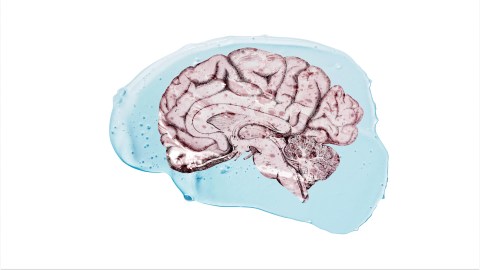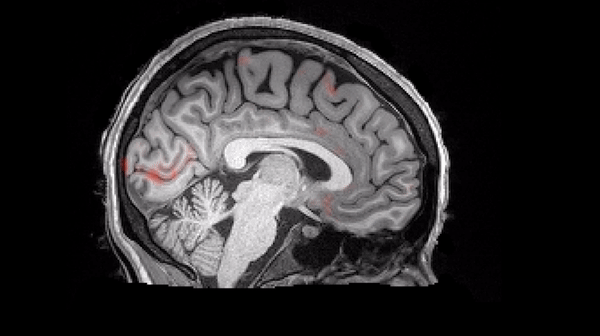Injectable gel offers new way to grow electrodes in the brain

- Researchers in Sweden have developed a technique for growing electrodes in the brain.
- The method is based on a gel containing enzymes that catalyze electrode formation from endogenous molecules.
- It could pave the way for fully integrated bioelectronic circuits.
Electrodes have long played a crucial role in helping clinicians and researchers probe nerve function. The designs and uses of these devices are wide and varied, ranging from the glass micropipettes for “patching” single neurons to the multielectrode arrays that capture the activity of populations of hundreds or thousands of neurons.
Neurosurgeons, for example, use electrodes to identify the “locus” of seizures in patients with drug-resistant epilepsy. Electrodes implanted into the brain can also enable amputees to control prosthetic limbs, while another recent development is electrical stimulation of the spinal cord to restore movement in paralyzed patients.
The most widely used clinical use of electrode implants is a technique called deep brain stimulation, which has now been used to treat more than 200,000 patients with Parkinson’s Disease. The technique is also being trialed as a treatment for addiction, anorexia, depression, and obsessive-compulsive disorder, among other conditions.
Deep brain stimulators can remain in place for years after being implanted. But long-term implantation can trigger an inflammatory response and scar tissue formation, which together can cause electrode degradation and mechanical failure. Preventing these tissue responses is a major challenge.
Biocompatible electronic implants
Xenofon Strakosas of Linköping University and his colleagues have devised a new method for fabricating soft organic electrodes inside the brain. The approach injects a gel that contains enzymes that break down small molecules in the body and catalyzes their polymerization into long-chain molecules, which then cross-link to form a stable but soft electrically conducting network.
Strakosas and his colleagues injected this cocktail gel into the brain, heart, and tail fins of anesthetized zebrafish, which, because they are transparent, enabled them to visualize the polymerization process. After monitoring the fish for three days, they found no signs of tissue damage or abnormal behavior.
To demonstrate the feasibility of their method, the researchers then injected the cocktail into medicinal leeches, which have a relatively simple and easily accessible nervous system. They then implanted flexible metallic electrodes near the central nerve and were able to successfully record electrical activity from it.
Various other research groups are investigating in vivo fabrication of bioelectronics to modulate brain function, but these typically involve injecting biocompatible organic electronic materials that need some kind of external signal to trigger electrode formation.
This latest study is the first to fabricate electronic components from endogenous molecules; as such it may be an important step toward the goal of creating electronic circuits that are fully integrated with biological tissue.
Although promising, the approach needs to be developed much further before its full potential can be realized. One crucial advance would be to find a way to wirelessly record from the conducting-gel network. Precise delivery of the cocktail gel into target areas of larger and more complex nervous systems may prove difficult, and it remains to be seen whether long-term use results in the degradation of the gel or triggers toxic by-products.





